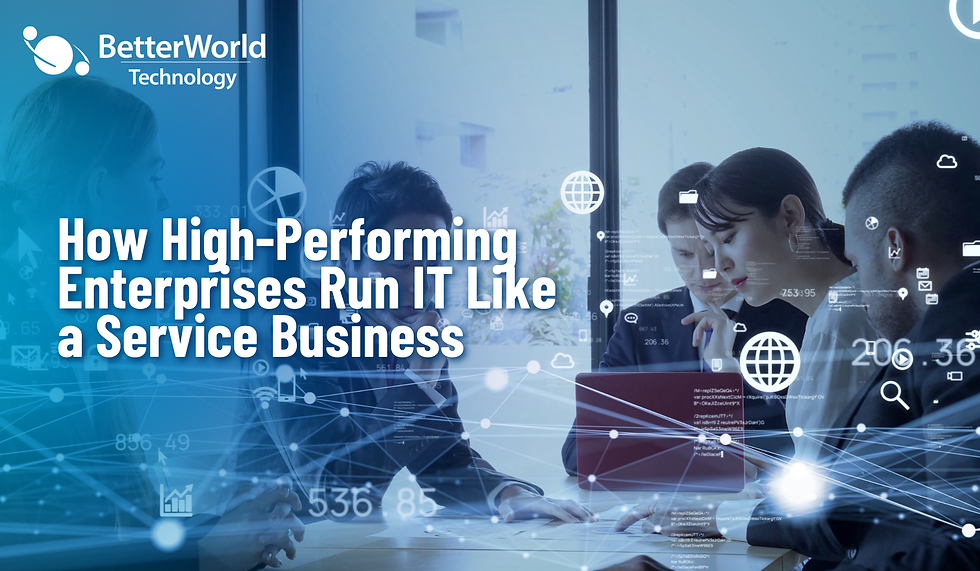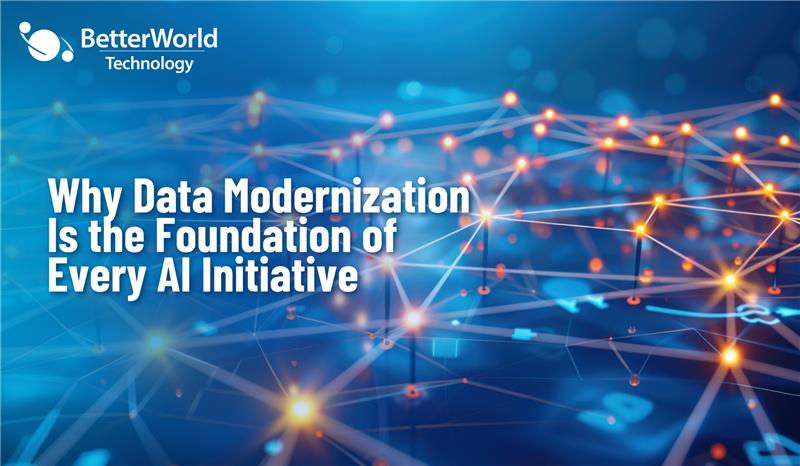Keys to Successful Application Modernization
- John Jordan

- Jul 15
- 5 min read
This article talks about successful application modernization. It covers why modernization and innovation are important for organizations to evolve and use new technologies. We'll look at the different phases of app modernization, common mistakes to avoid, and how to get real value from app innovation. The goal is to help organizations be more effective and use their applications better.
Why Application Modernization Matters
Organizations are trying to become more digital, especially with the current economy. They want to use what they already have and do more with less. Digital transformation is a big part of this. A key thing to think about is technical debt. Many organizations have old applications or systems that were built quickly and now cause problems. This can mean old infrastructure, outdated applications, or even third-party apps that don't quite fit anymore. Technical debt is a big worry for many organizations.
There are many reasons why technical debt is a problem. Sometimes, organizations don't have the people or money to fix things. Or, they worry about disrupting users, customers, or employees with big changes. These are all things to consider when thinking about modernization.
Another important point is optimization. A survey showed that businesses really want to prioritize optimization. This means being more financially responsible and making more profit. Data and application projects are a top priority, focusing on making applications that meet the needs of customers and employees. This helps businesses get the benefits they want. For example, optimizing data and analytics is important, and good application infrastructure is needed to support all those analytics.
Best Practices for Application Modernization
Most organizations have a lot of custom applications, often hundreds. But many of these are not used regularly. This means there's a chance to optimize by figuring out which applications are actually needed and which can be retired. Legacy systems can also cost a lot to upgrade. Sometimes, newer systems, like cloud-based software, can be more efficient. Many IT executives are looking to modernize important applications to reach their digital transformation goals.
Common Concerns in Modernization
Cost: Modernizing can be expensive.
Lack of Skilled People: It can be hard to find developers who understand new technologies like Kubernetes or cloud environments.
Retiring Old Systems: Dealing with old platforms, even mainframes, can be a challenge.
Unsupported Technology: Some older technologies are no longer supported, making them risky.
Integration Issues: Old systems can be hard to connect with newer, service-based applications.
Poor User Experience: Applications with bad user experience are often not used, adding to technical debt.
Modernization is a journey, not a one-time thing. It's about creating a culture of innovation. This means looking at your applications and planning for the next few months and years. It can really change the technical culture of your organization. Developers often get excited about using new tools and frameworks, which helps them be more productive and create more impactful applications.
Aligning with Business Goals
Modernization projects need to have business value. It's all about the return on investment (ROI). You need to understand the business perspective and what value you'll get. This is like a cost-benefit analysis. You have to figure out what kind of architecture you need and how you'll support it, from performance to maintenance. Identifying business goals and understanding what it takes to reach them is key.
Application Categorization and Outcomes
The strategy involves looking at your applications and figuring out how they can provide business benefits. This means categorizing them based on their expected outcome. Costs, including money and reputation, play a role here. For example, refactoring an application might improve user experience, save money, or allow it to run on a lighter platform. This can help align with the overall business strategy.
When you go through this process, you'll likely see a distribution of application outcomes:
Re-hosted, Refactored, Re-architected: A good percentage of applications will fall into these categories, as they are still useful but need changes.
Retired: A significant portion of applications should be retired. These are often underused or no longer serve a purpose. Retiring them reduces costs and technical debt.
An Agile Approach to Modernization
Moving hundreds of applications at once is too much. It's better to think about this in an agile way, as a learning experience. We suggest starting with a small group of applications. Pick a few from different categories – some to retire, some to re-host, some to re-architect. This helps you understand the risks and learn as you go. You can then adjust your process for future waves of modernization. This makes you more efficient over time.
This process also helps transform IT teams. It's not just about modernizing applications; it's about building a culture where the organization can handle new technologies and innovations on its own. This means understanding the ROI of new capabilities and deciding if they should be adopted to provide value to the business.
Execution and Continuous Innovation
Once you're ready to execute, there's a clear framework to follow. This involves a disciplined approach to each application based on its category:
Retirement: Identify affected users, communicate end-of-life dates, and shut down servers. This might involve training users on new applications.
Re-architecting: This is more complex. It involves redesigning the architecture, setting up new environments (like in the cloud), developing and testing, automating deployment, and then learning and repeating the process.
Refactoring: This focuses on changing functional capabilities and testing them.
Re-envisioning: This is for a small percentage of critical applications that need a complete redesign to ensure competitive advantage.
Operationalization, training, and adoption are also important. You need to make sure people understand what to do and provide guides. Training is for both technical teams and users. Establishing a culture of innovation means continuously learning and adapting to new technologies.
Misconceptions to Avoid
Modernization is not just porting: It's not a one-time task; it's about continuously refreshing your applications.
Think strategically: Understand the expected outcome and start small. You don't have to do everything at once.
Learning is okay: It's fine to have failures in the beginning. Learn from them and make small changes. This will make you better at it over time, allowing you to scale your efforts more effectively.
Realizing Value from Application Innovation
Application innovation is about creating and realizing value. This means looking at your applications and aligning them with what stakeholders need. You need to understand the characteristics of innovation approaches and what enables them, like your modernization strategy or how you organize your projects.
On the value realization side, you need to measure the impact. This means understanding:
Stakeholder Impact: Can you measure how it affects growth, adoption, or optimization within your business?
Benefits to the Organization and End User: This is where you can measure expected outcomes. For customers, you can look at customer experience. For the business, you might look at valuation or market performance. Compliance is also a big one, especially in regulated industries like finance or healthcare.
By understanding these things, you can make sure your investments are going to the right opportunities and providing the most significant value.









